The Department of Cultural Heritage (Ministry of Culture, Sports and Tourism) in collaboration with the Department of Culture, Sports and Tourism has just launched a model connecting the "Central Highlands gong cultural space heritage" in the heritage tourism journey in Buon Ma Thuot City. This event opens up opportunities for local ethnic minorities to be proactive in practicing, preserving and promoting gong cultural heritage and developing community tourism.
Telling cultural stories with photovoice
Dr. Nguyen Thi Thu Trang, Head of the Department of Intangible Cultural Heritage Management (Department of Cultural Heritage) who is in charge of the project, said that after a period of implementing the model of connecting heritage associated with tourism itineraries to develop ethnic minority communities with similar heritages in Ea Tu commune, encouraging results have been achieved with 60 videos and 100 images of unique cultural stories of the community.
First of all, the artisans have taught a relatively large number of gong songs to the younger generation of many ages. Through the model, the younger generation has a deeper and clearer understanding of the role and value of gong heritage for the Ede ethnic group.
Ea Tu commune artisans perform special performances at the model review and acceptance ceremony
The application of the photovoice method will help the community have advantages in being proactive and creative in preserving and promoting their own cultural heritage, while creating opportunities for the heritage subject community to directly participate and benefit from heritage interpretation and promotion activities associated with inter-provincial and inter-regional tourism development.
“We hope that through this model we can connect communities that share the same intangible cultural heritage. At the same time, connect generations within the same community.
Through this, communities tell their own cultural stories. More than anyone else, the Ede people themselves will be able to tell the best, most interesting, most engaging, most honest and most vivid stories about themselves. This is also a practical, effective and very new measure for preserving and promoting the value of gong cultural heritage in particular and intangible cultural heritage of Vietnam in general,” Dr. Trang emphasized.
Researcher Bui Trong Hien - Vietnam National Institute of Culture and Arts and expert from the Department of Cultural Heritage shared with students
Representing the Ede community that holds the heritage of the Central Highlands gong cultural space in Ea Tu commune, artisan Y Bay (born in 1981, residing in Kmrong Prong A hamlet, Ea Tu commune) said: “We Ede people have always used and performed gong musical instruments. Because that is the tradition passed down by our ancestors. At the same time, it is the need of the community to bring spiritual comfort and joy to the entire community. Up to now, we understand that gongs are a valuable intangible cultural heritage, not only of the Ede people but also of all 54 ethnic groups in Vietnam”.
Artisan Y Bay shared that in recent times, in addition to being taught gongs, people in the villages of the Ede ethnic group in Ea Tu commune have also been instructed by the cultural sector and specialized agencies on how to film and take photos. Thereby, creating conditions for people in the villages to introduce the space of gong culture to tourists.
Mr. Lai Duc Dai, Deputy Director of the Department of Culture, Sports and Tourism of Dak Lak province, said that implementing the tasks of Project 6 within the framework of the National Target Program on socio-economic development of ethnic minority and mountainous areas, the Department of Culture, Sports and Tourism of Dak Lak province has coordinated with the Department of Cultural Heritage (Ministry of Culture, Sports and Tourism) to organize the implementation of a heritage model connecting with tourism itineraries to develop ethnic minority communities with similar heritages in villages in Ea Tu commune (Buon Ma Thuot city).
This is an opportunity to support the people in creating a space for practice and teaching, creating both material and spiritual conditions for generations to access, maintain, and practice rituals, promoting and enhancing pride in the values of ethnic identity and confidence in the traditions that their ancestors have left them.
“Through training sessions under the guidance of the reporters and community teaching days, the community has become more aware of the value of the heritage they are holding, to be more proud and continue to pass on and share knowledge and skills related to rituals and cultural activities of the community in the space of gong culture in the Central Highlands. From there, the heritage will become a resource for tourism to connect the community and create heritage tourism itineraries, bringing practical benefits to the host community,” Mr. Dai emphasized.
In addition, through direct participation in the implementation and deployment of the model, it will help cultural officials and artisan communities, heritage practitioners gain more skills in identifying, inventorying heritage and introducing their own Ede heritage through filming, taking photos and posting them on social media platforms. Aiming to connect communities with the same heritage.
Using heritage to develop community
According to the assessment of the Department of Cultural Heritage, in fact, the number of members of the ethnic communities in the Central Highlands who are using smartphones with the function of recording and playing images accounts for over 60%. Many members of the ethnic communities in the Central Highlands have used the function of recording and playing back recorded images on social networking sites such as: Facebook; Youtube; Tiktok...
The model will help the community exploit traditional cultural values.
However, most of the activities of recording and replaying recorded images on social networking sites only stop at meeting and serving personal needs. The content recorded and replayed images is emotional, spontaneous, and subjective. Moreover, the community does not have a purpose in building image content, does not yet understand the techniques of recording and editing images, etc.
Mr. Nong Quoc Thanh, Deputy Director of the Department of Cultural Heritage, Ministry of Culture, Sports and Tourism, said that the training course is an activity of the Heritage Model Project linked with tourism itineraries to develop ethnic minority communities with similar heritage, under Project 6 in the National Target Program on Socio-Economic Development of Ethnic Minority and Mountainous Areas, period 2021-2030. Along with Dak Lak, training courses were also held in Gia Lai, Kon Tum and Tay Ninh provinces, for ethnic minority people.
In the context of globalization and the explosion of the fourth industrial revolution, the application of photovoice method to interpret, introduce and promote heritage values associated with tourism development is highly feasible and suitable for the trend of the times.
After attending the training course, trainees will change their knowledge and skills in identifying and selecting heritage to introduce and their habits in selecting content to record and broadcast images in a purposeful manner. Many necessary skills in performing techniques for recording and replaying images will be added.
Trainees will be able to create video products with much better content, image and sound quality than before attending the training course. Trainees will begin to focus on recording, editing and connecting images, sounds and introductions to form stories about the cultural life of ethnic groups in the Central Highlands through their own eyes.
Artisans and those who are knowledgeable about the community’s heritage will be encouraged to practice and pass on the heritage to the younger generation. Young people will be directly instructed in the techniques of self-filming, video recording, and audio recording of the current practice of heritage in the community. This is a new point that the training course has brought to the community in the activities of self-preservation and promotion of the value of cultural heritage that they themselves are the creators and owners of. From there, the creation of new resources for the community to develop sustainably.
“We want to convey the message to the younger generations to know how to preserve the gong cultural space. Because that is the living space, the humanistic ecological environment, the performing environment of the heritage and that is also the cultural life of the Ede people.
When equipped with knowledge, people will have more experience in exploiting heritage towards turning that heritage into potential, potential for development, using heritage to develop their own communities, partly to solve the income and economy of the family, and more broadly to develop the community," said Mr. Thanh.
Source: https://daklak.gov.vn/-/-ak-lak-ket-noi-di-san-van-hoa-cong-chieng-voi-hanh-trinh-di-san-tay-nguyen


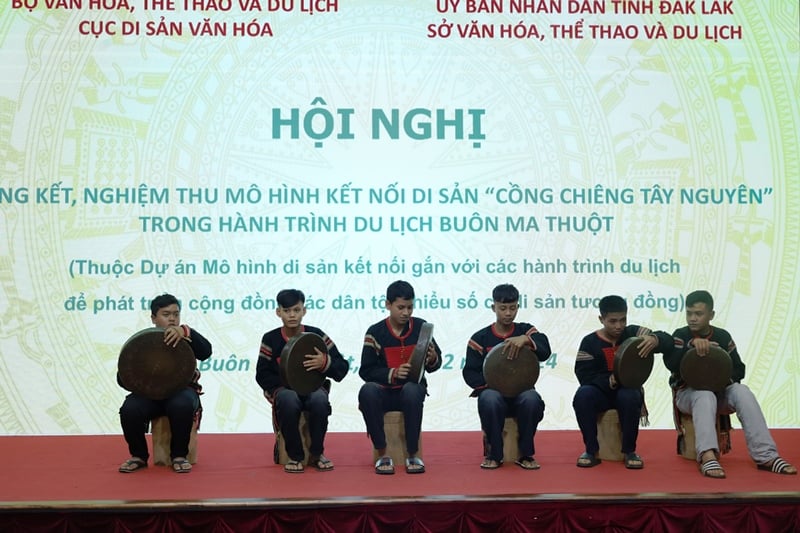
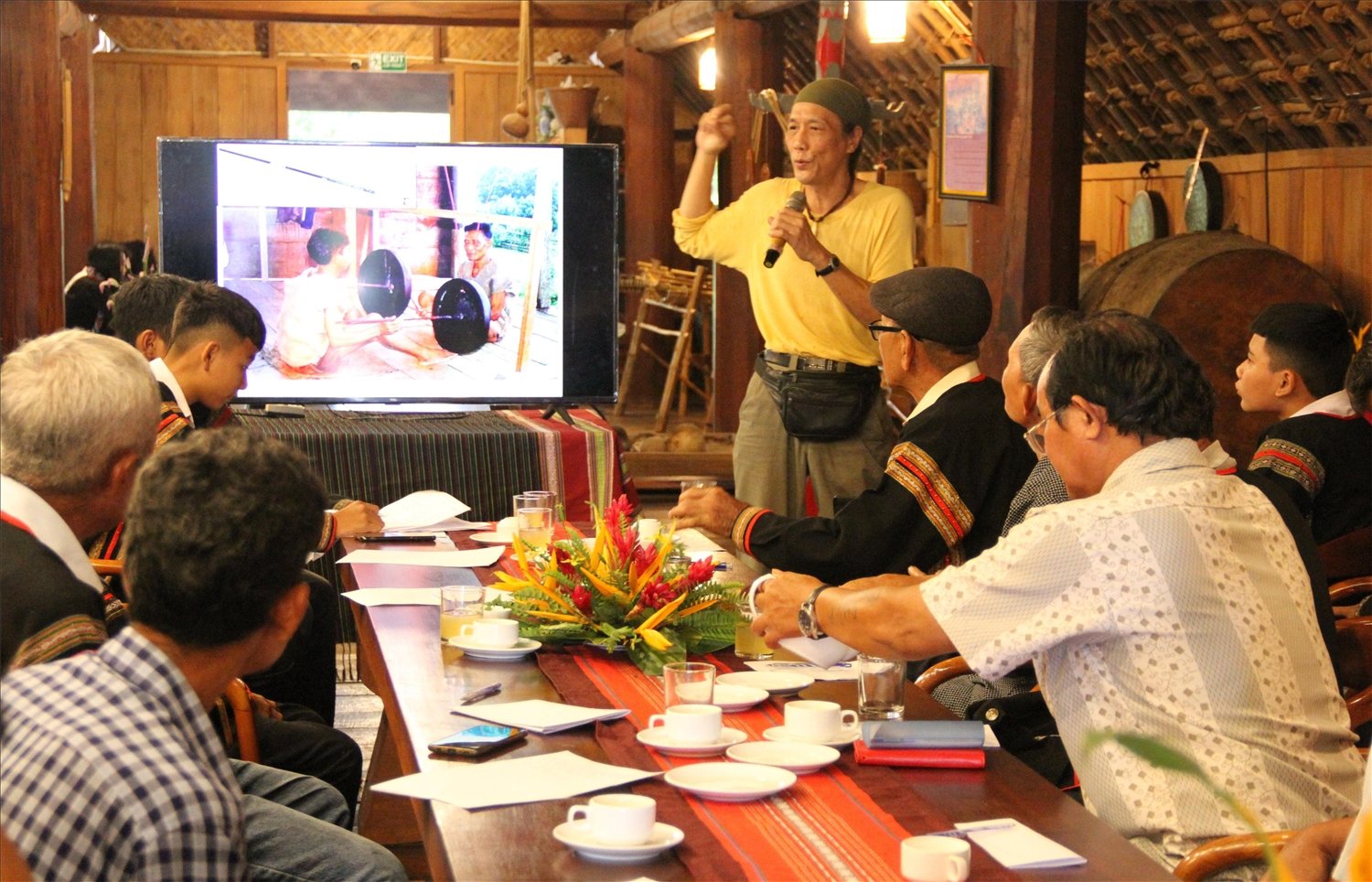
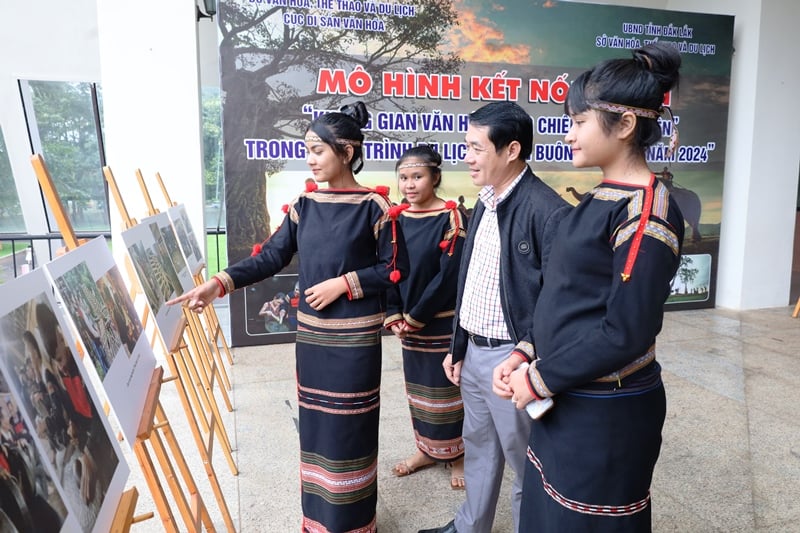






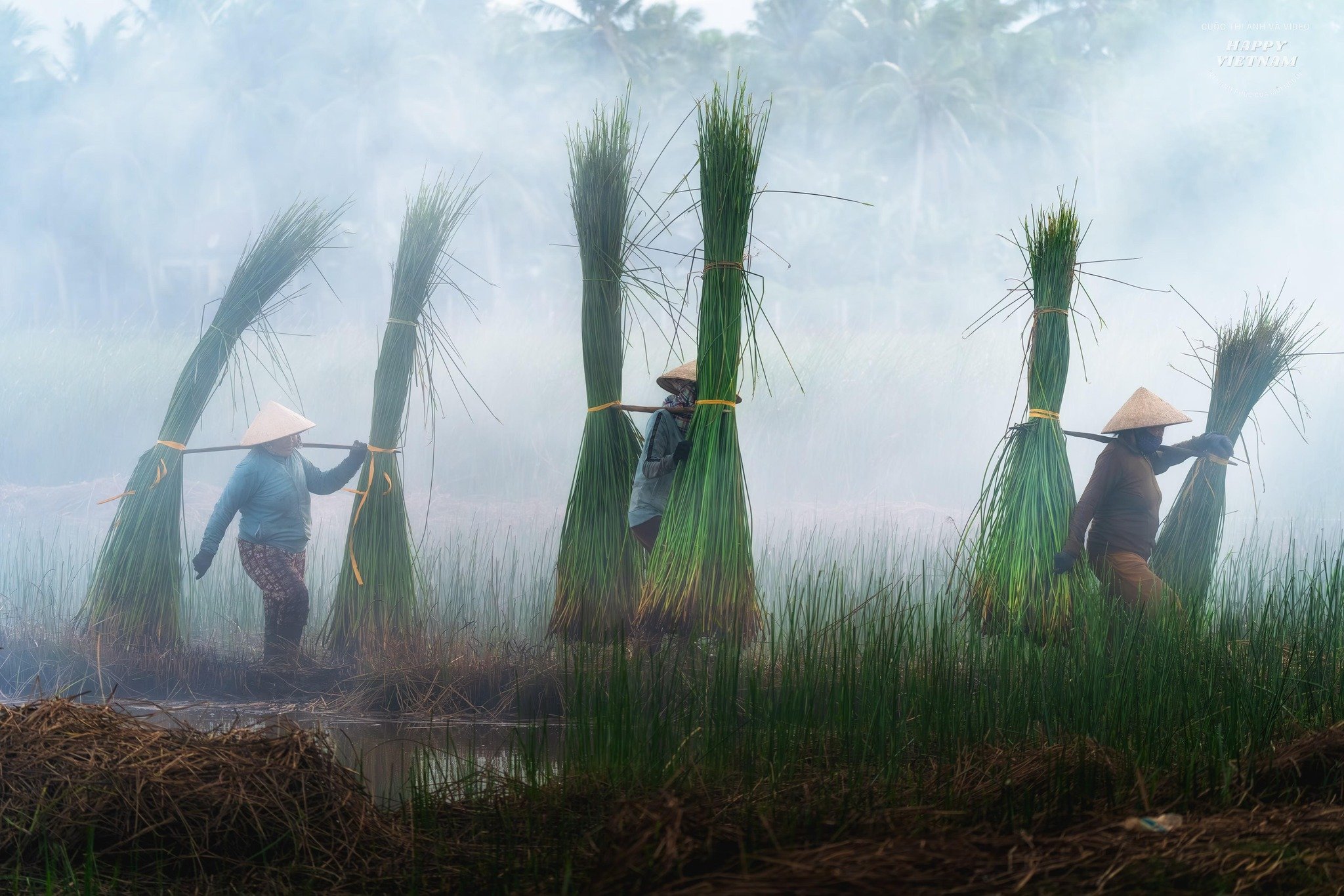

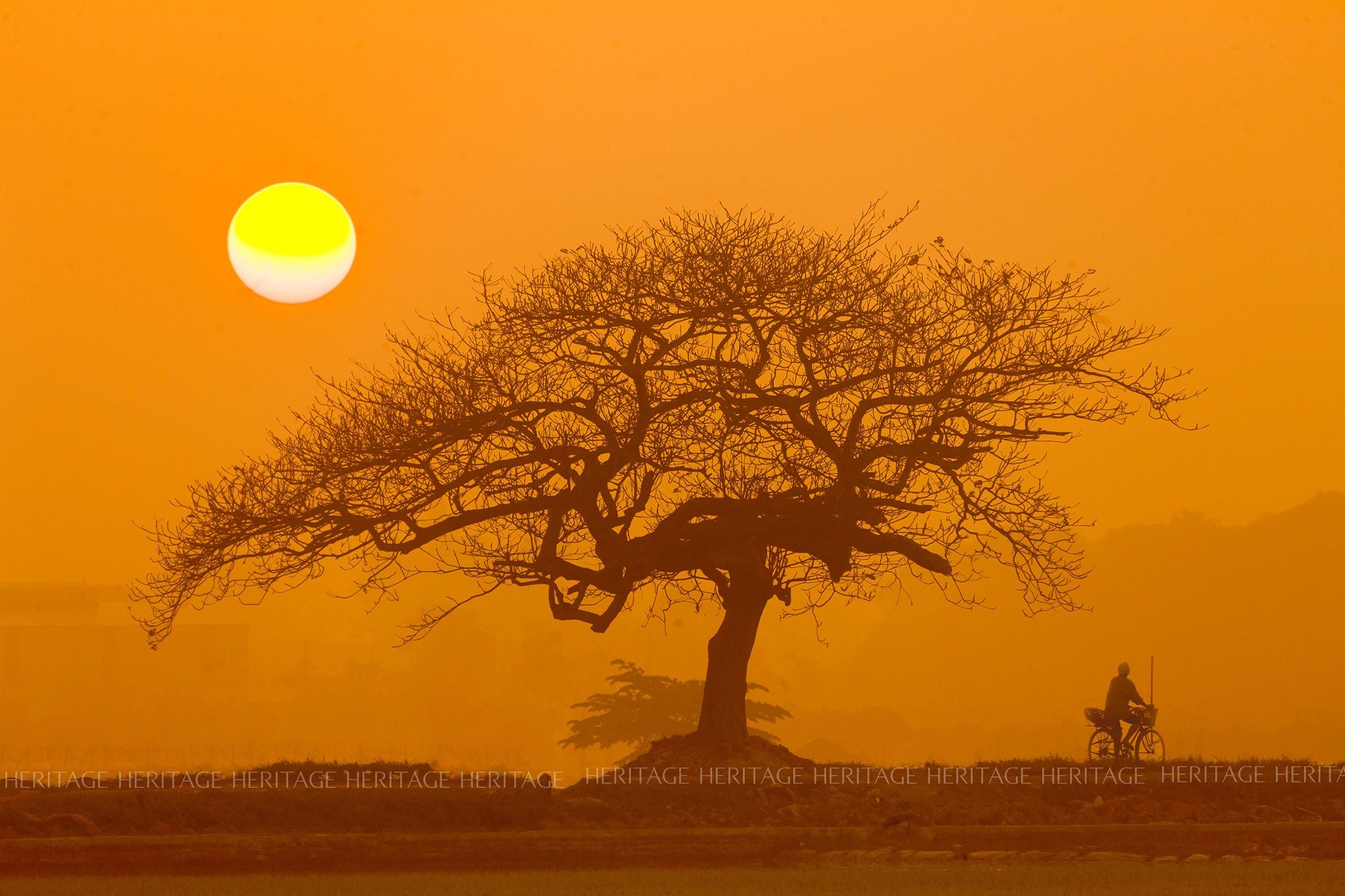



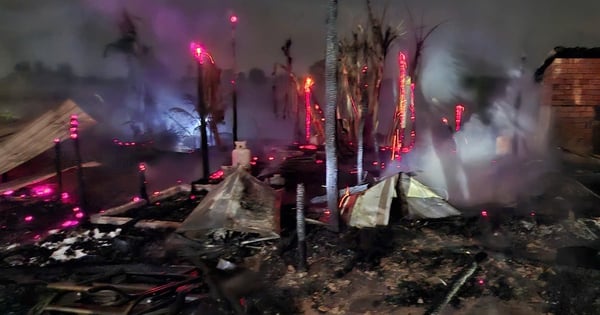
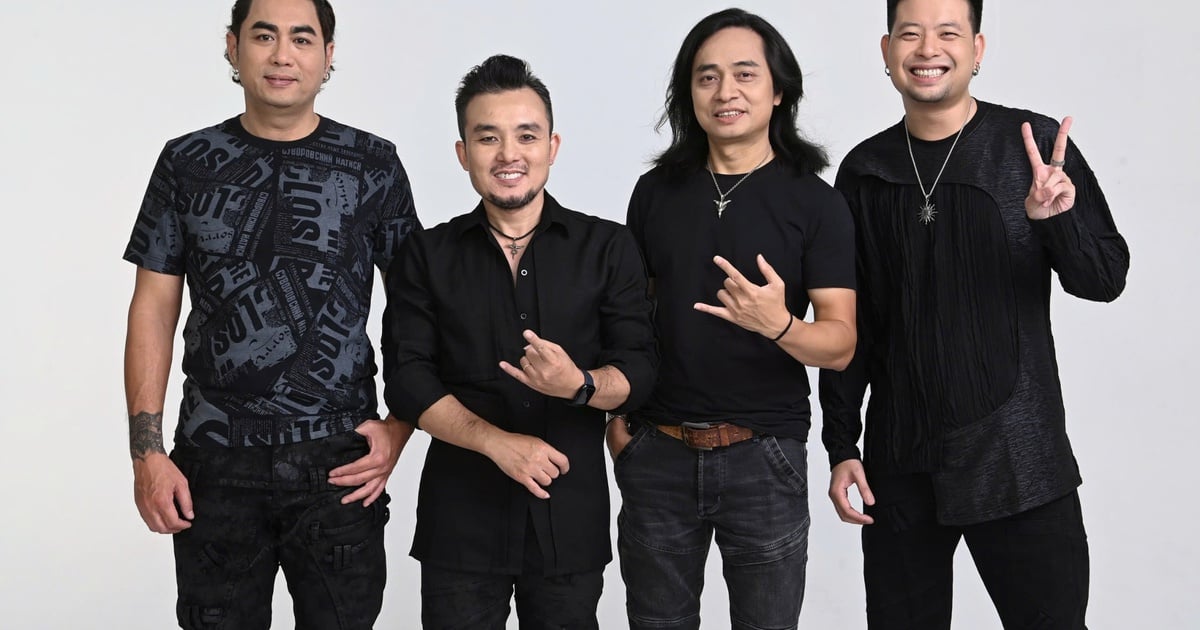

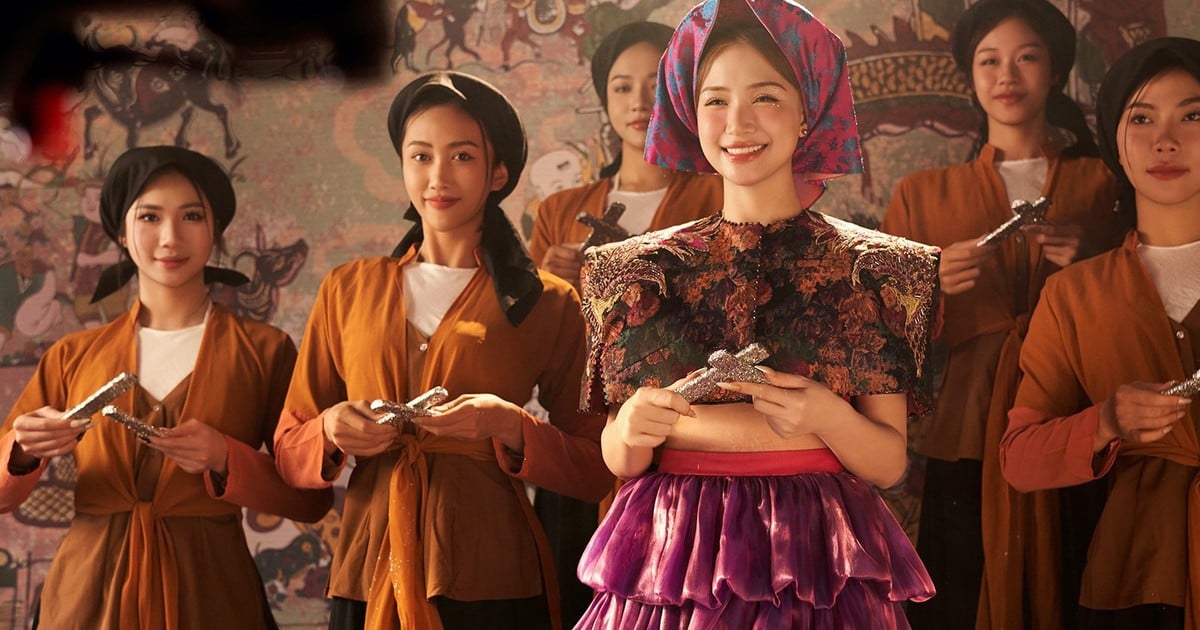
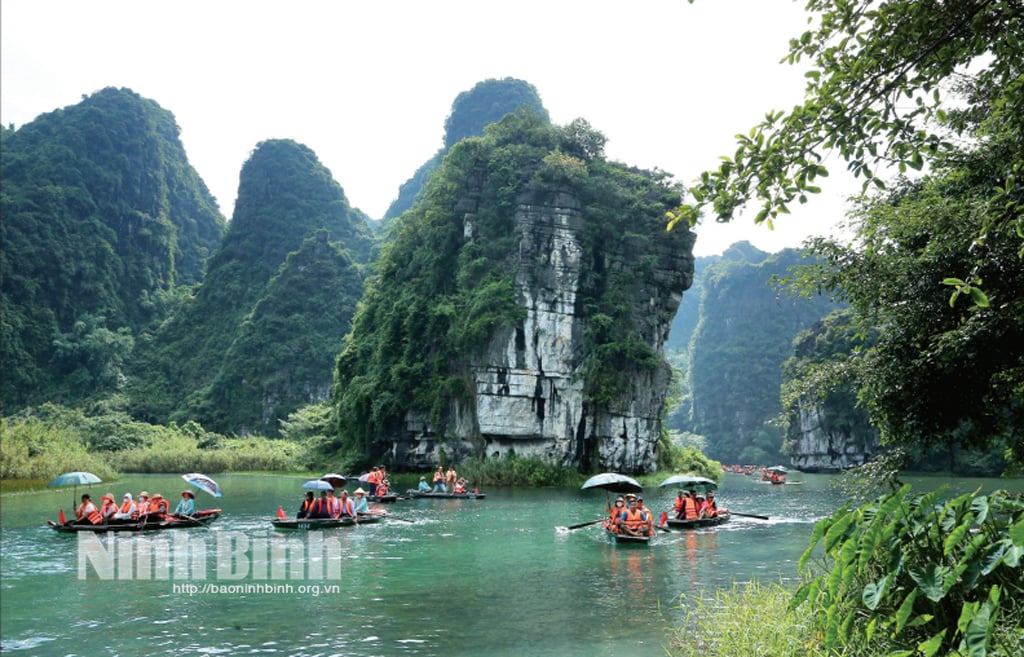







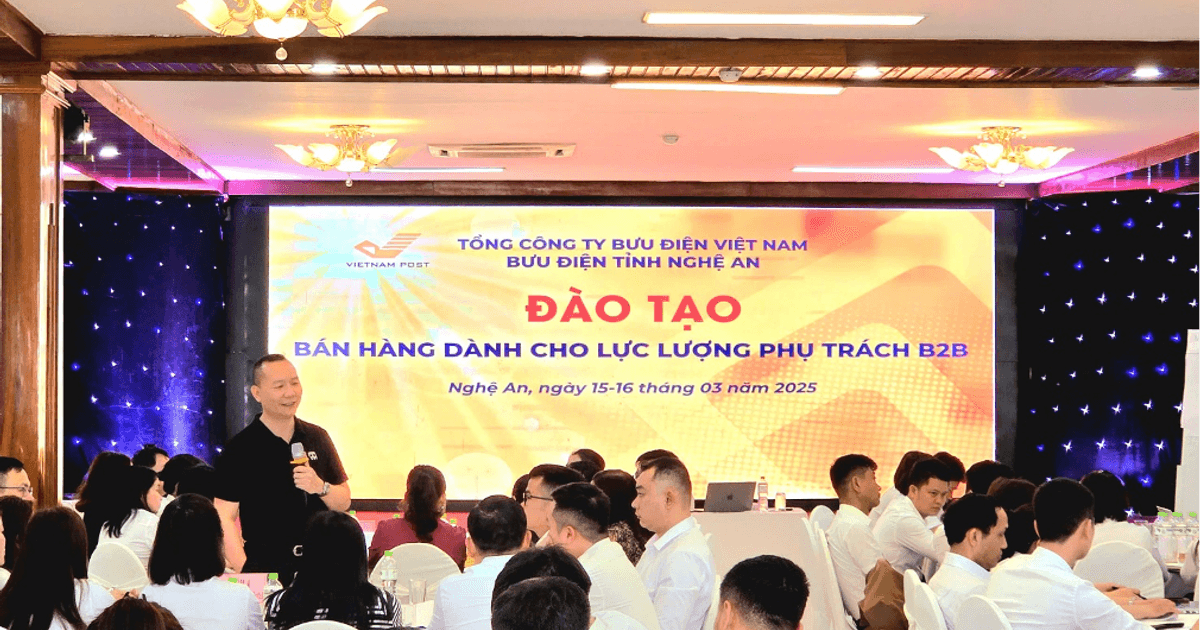


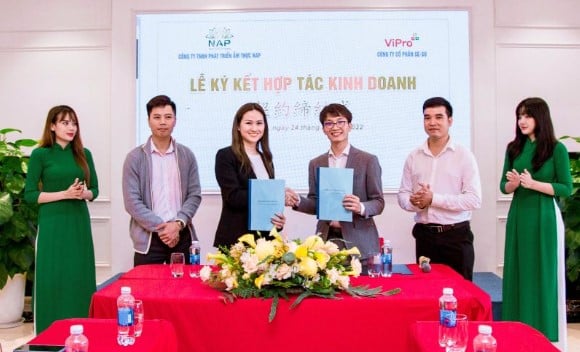
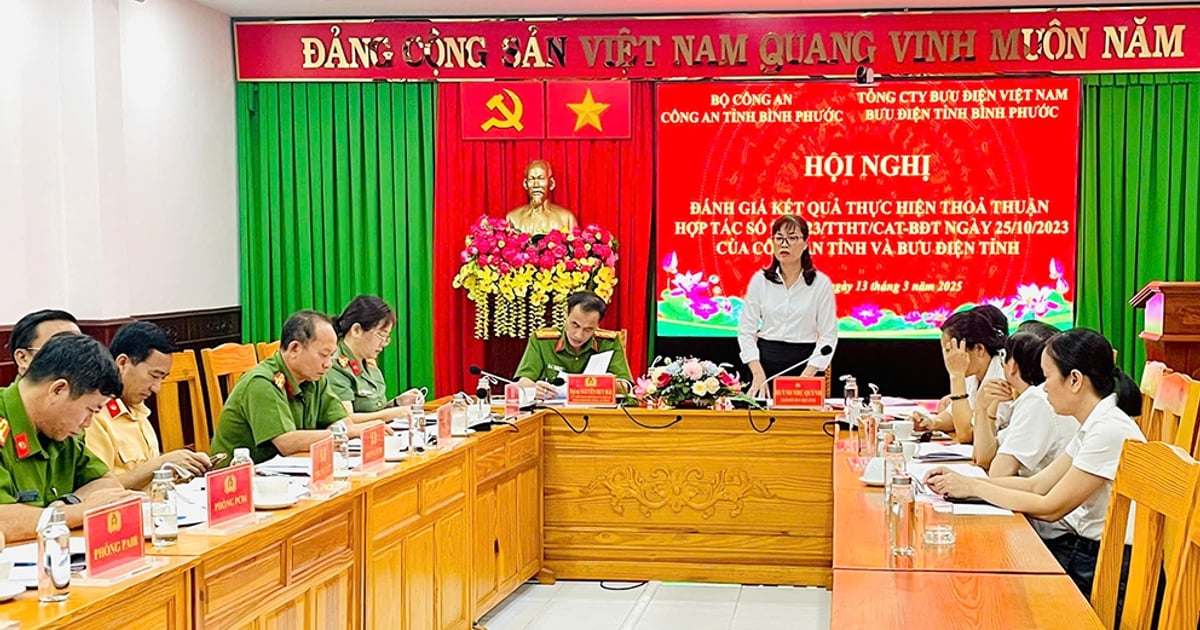

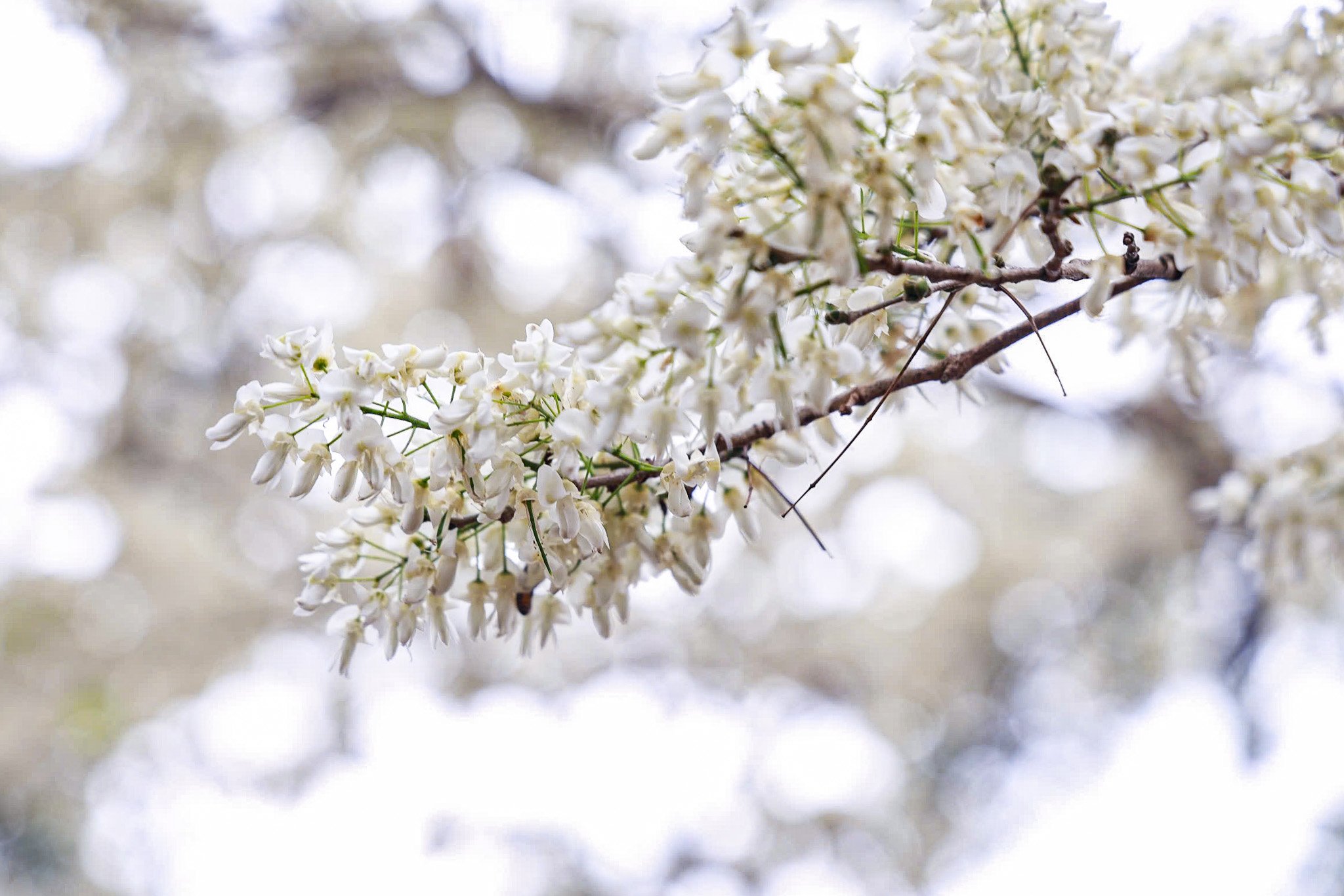
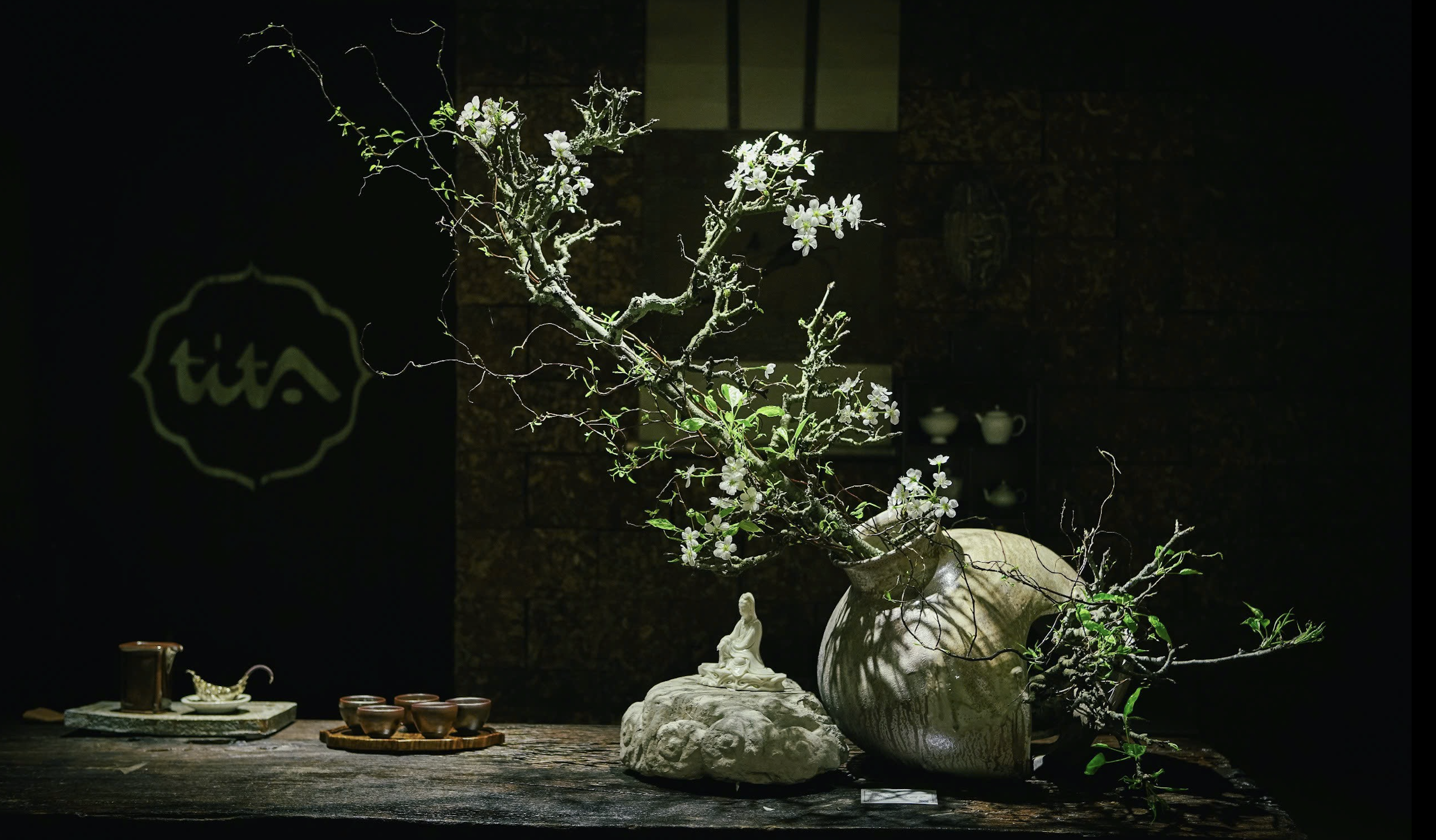


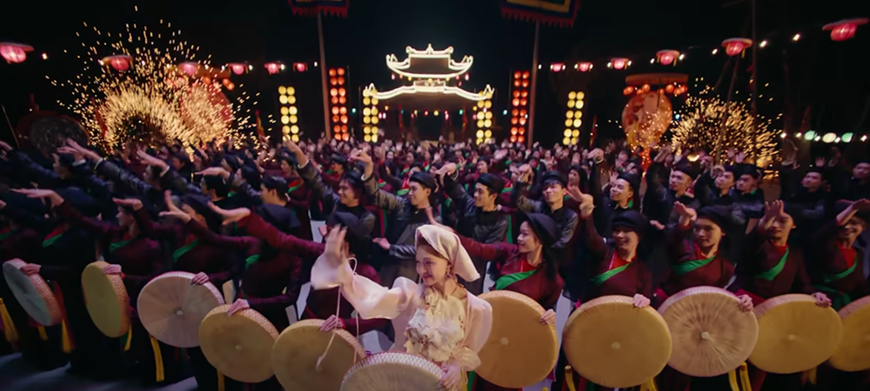

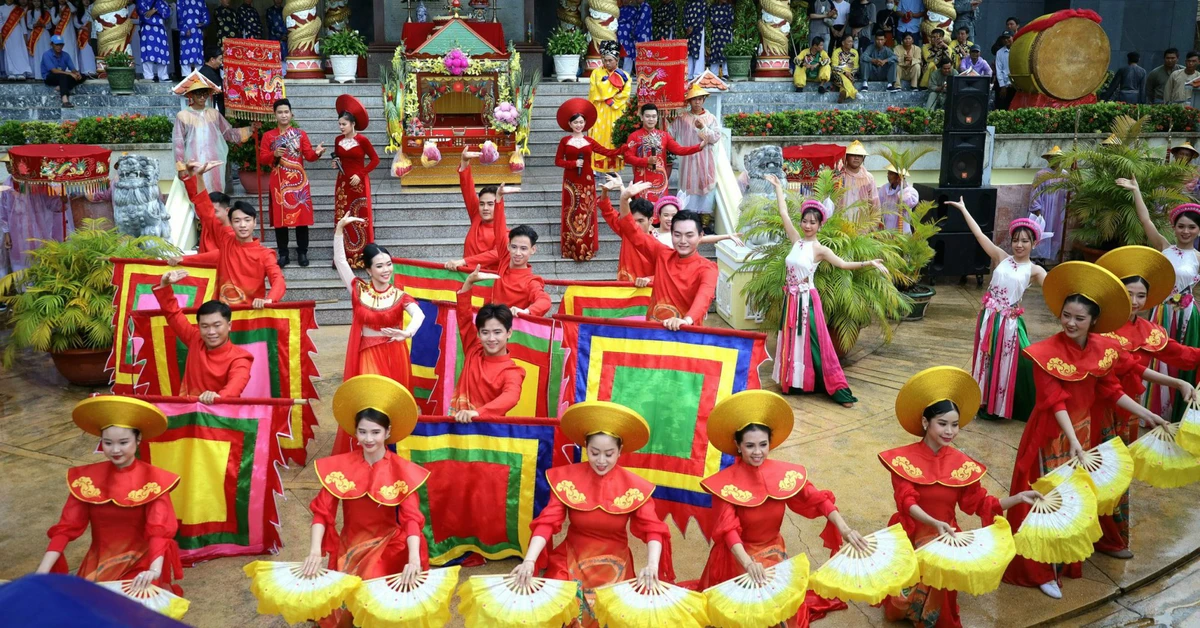

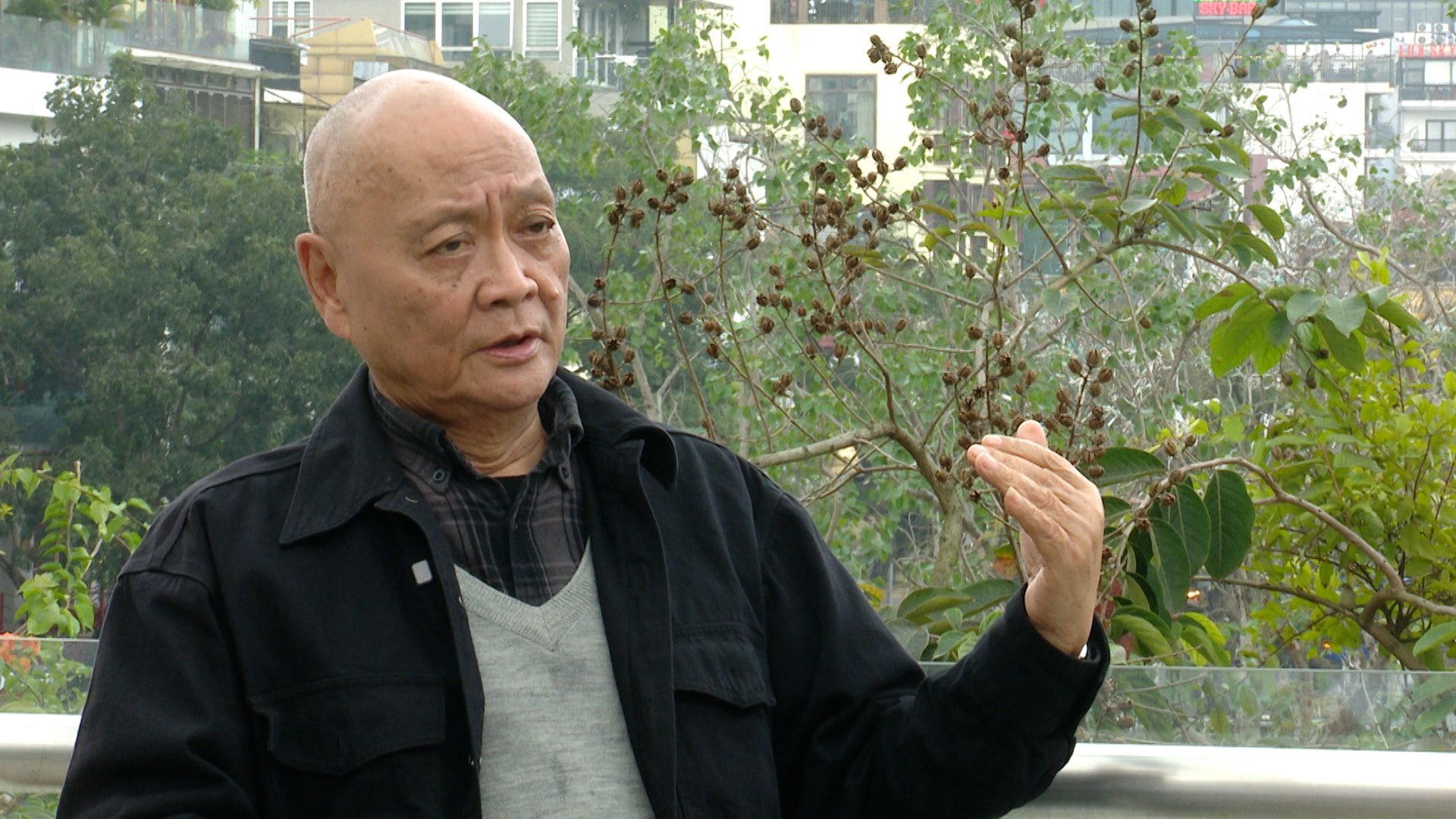

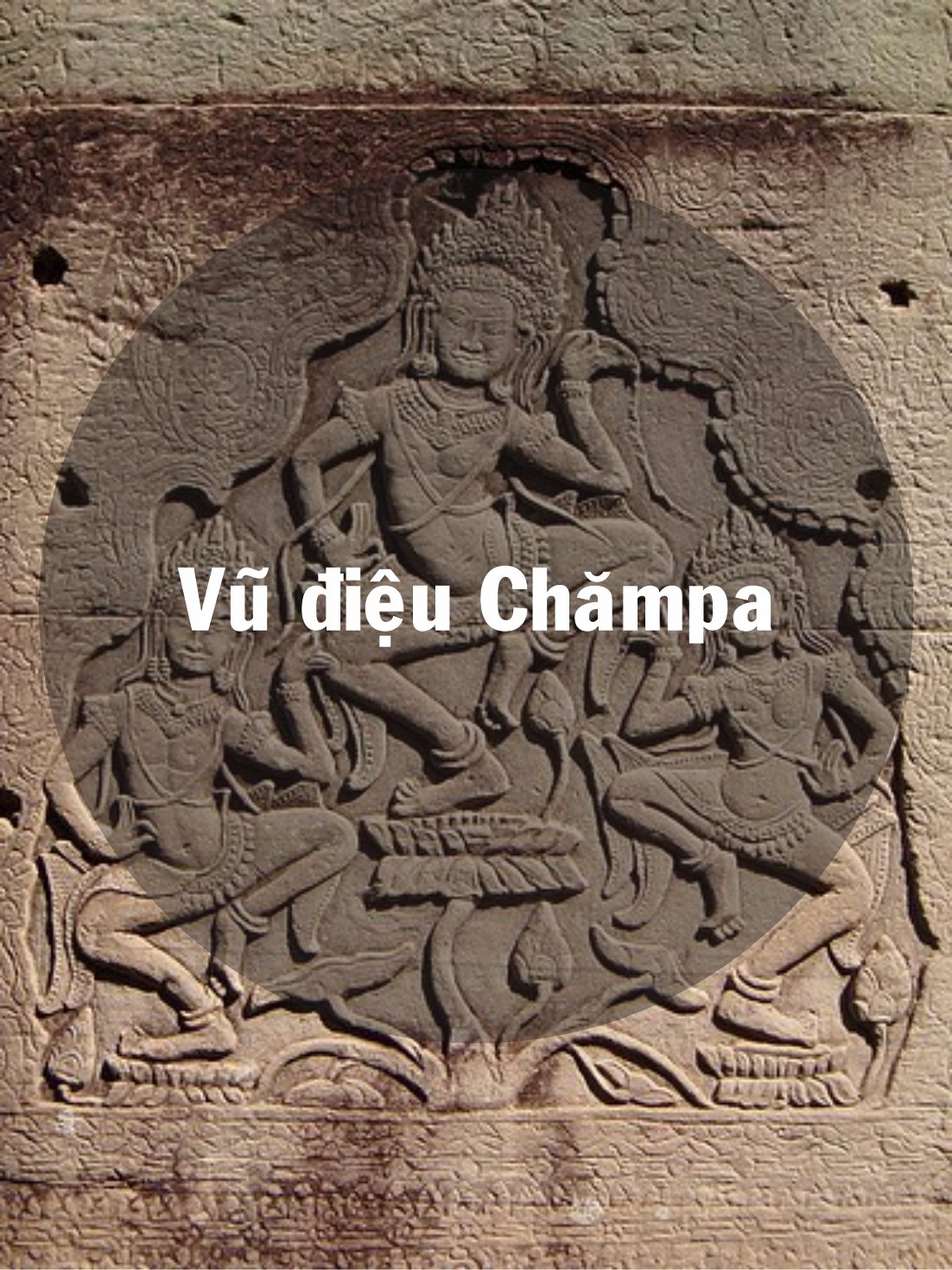



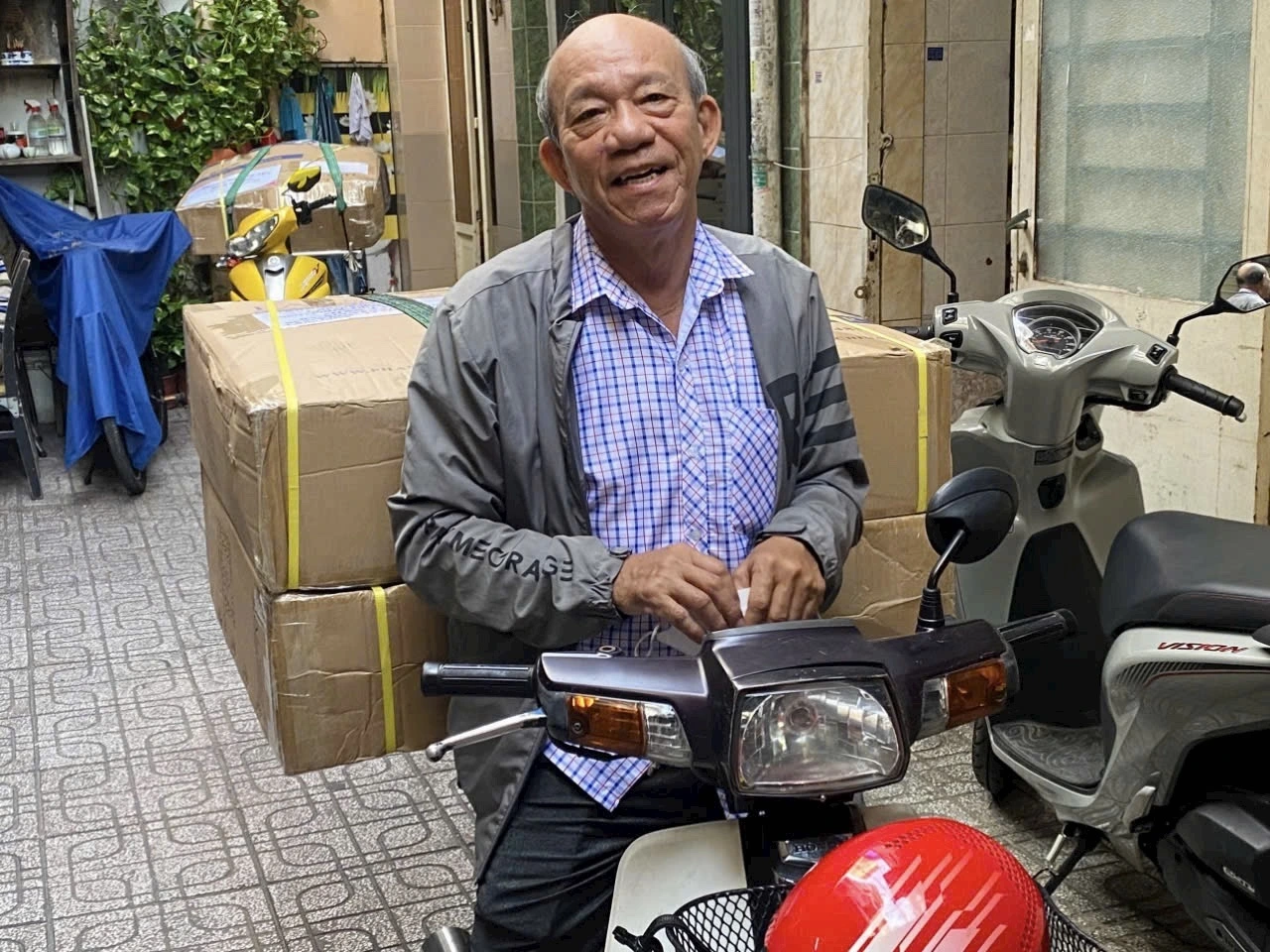
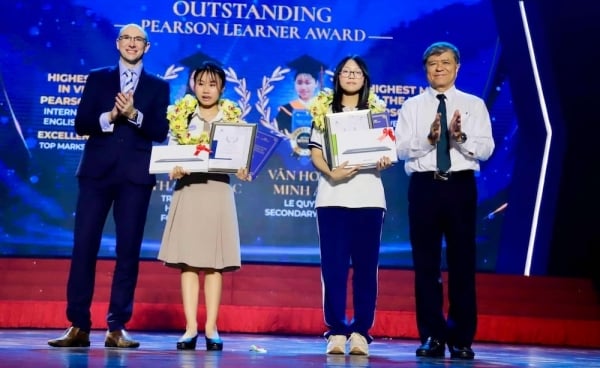

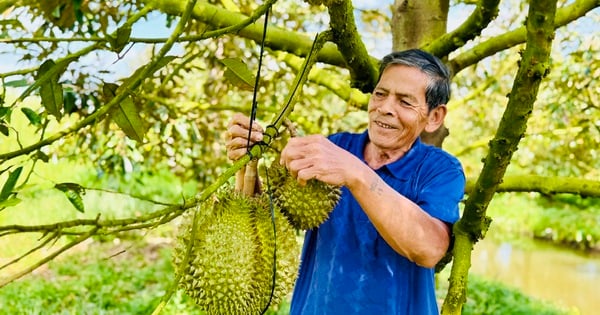

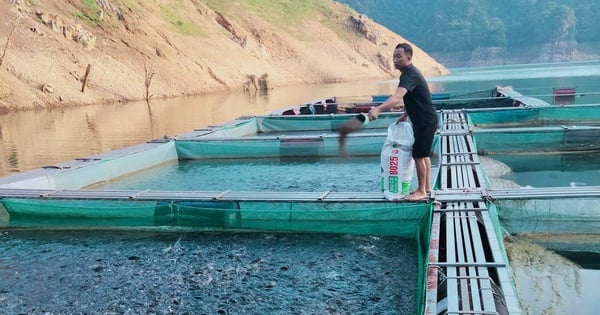
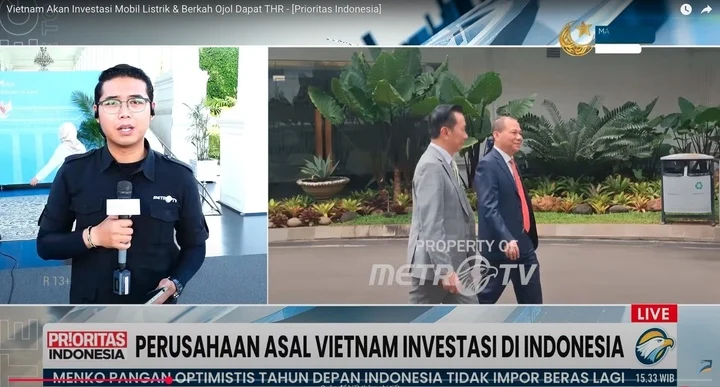

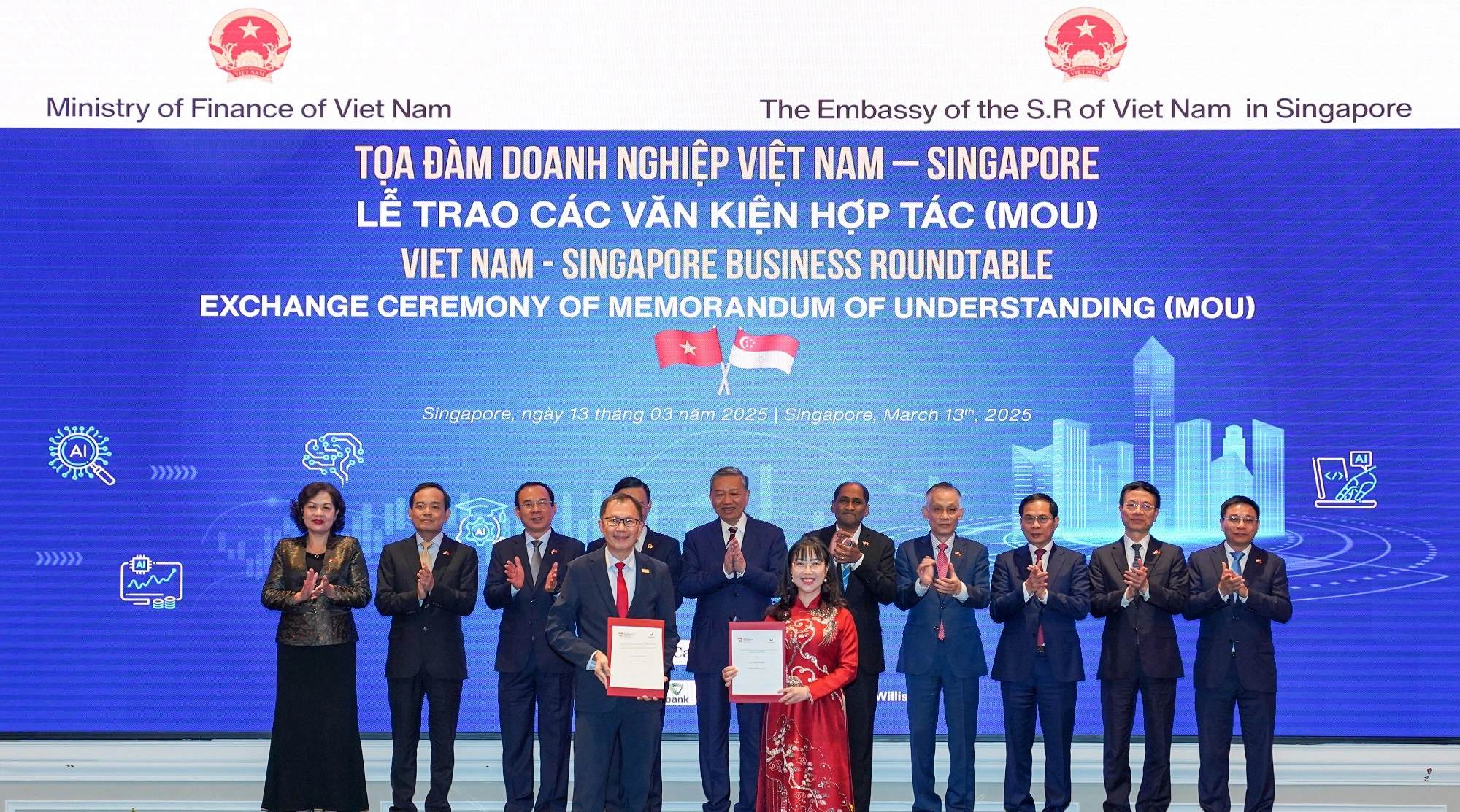







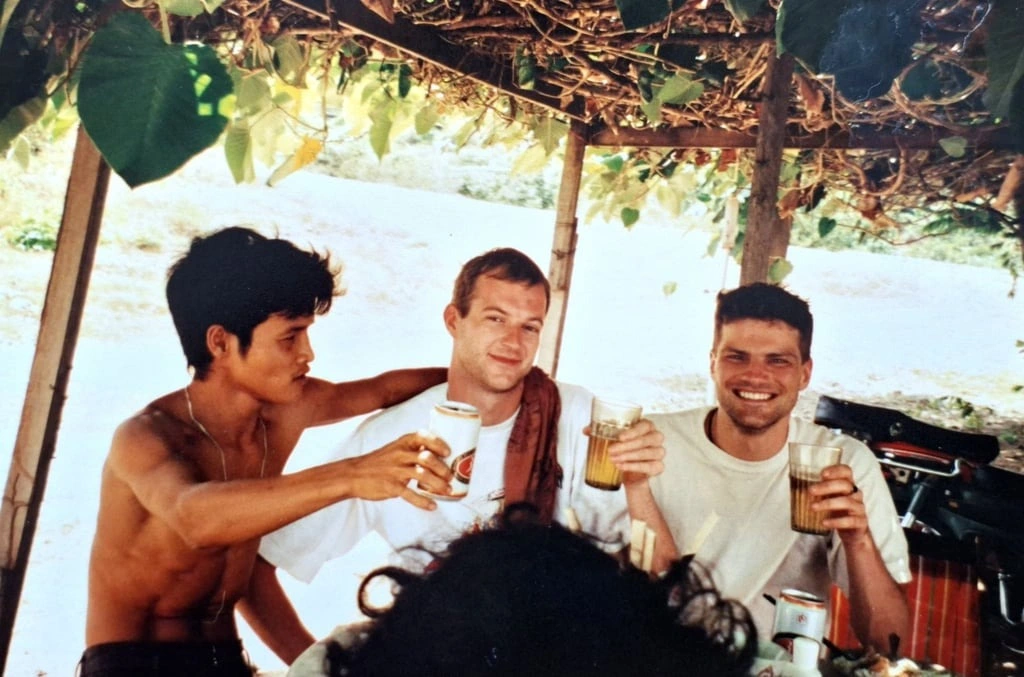
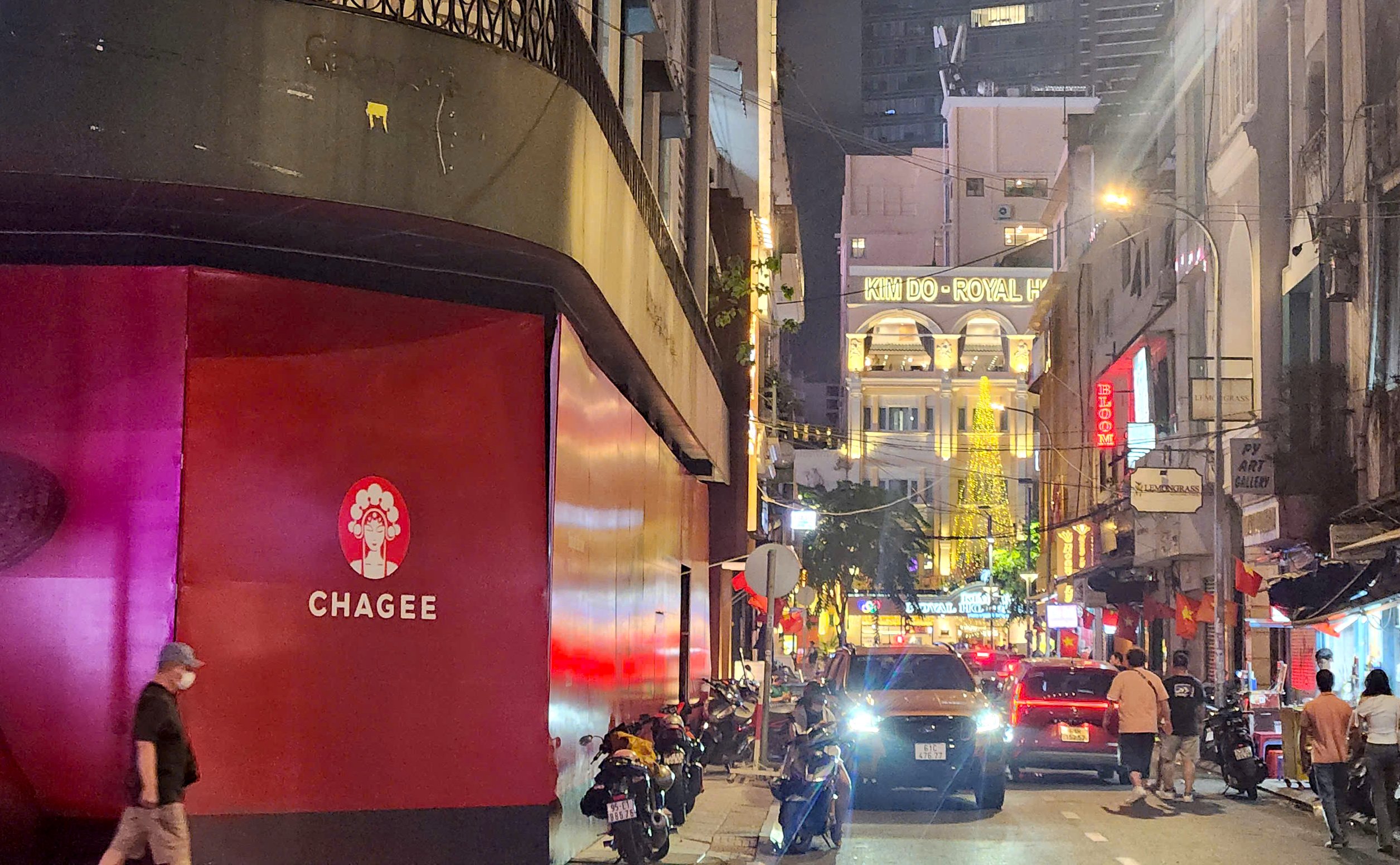

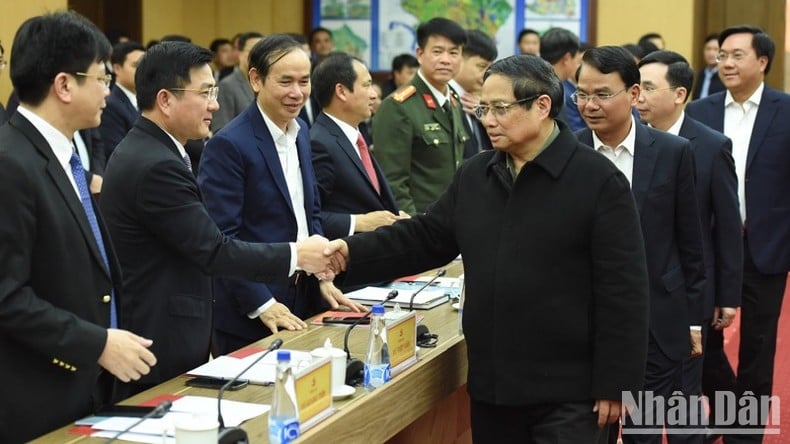

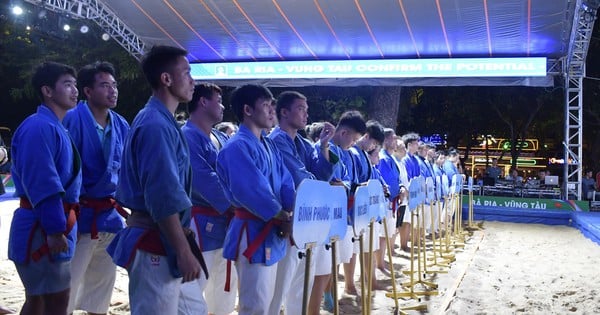

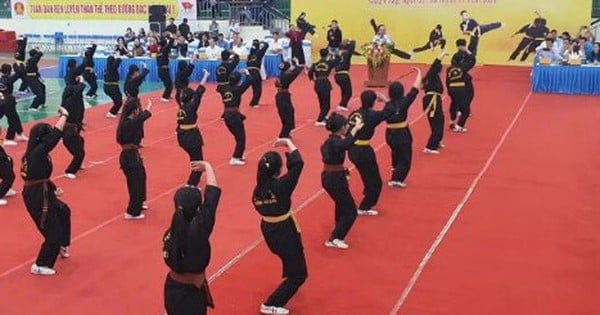
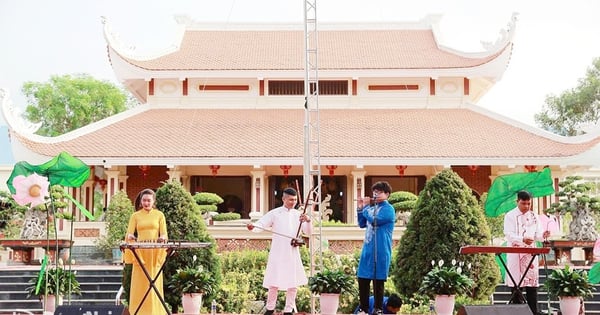
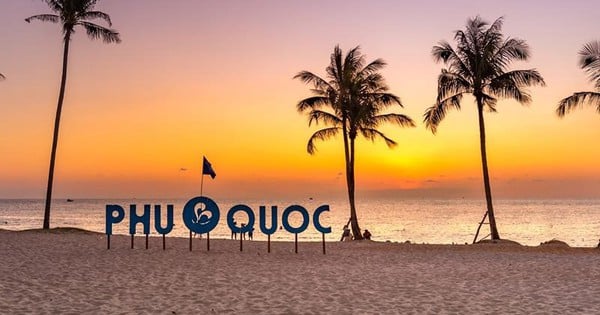
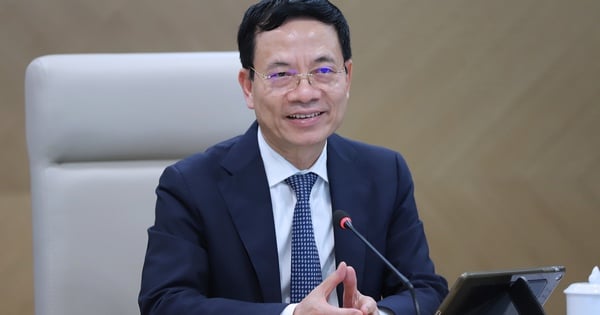



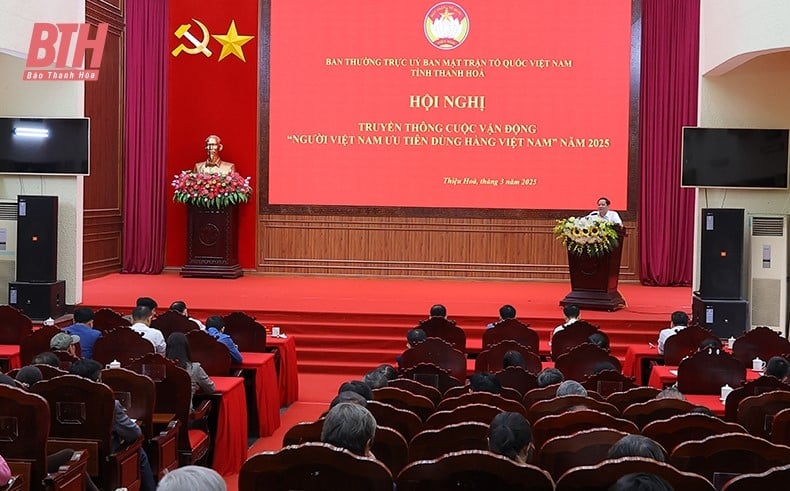

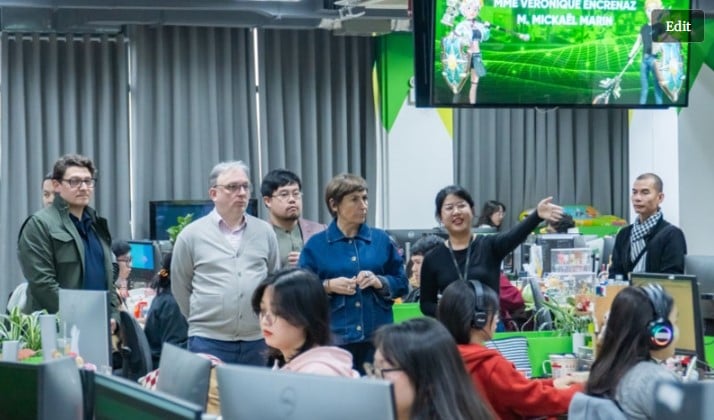
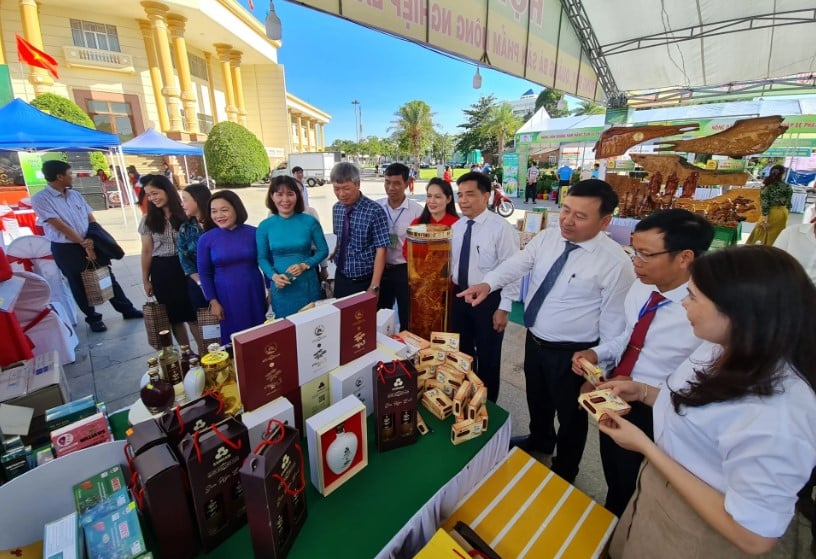


Comment (0)